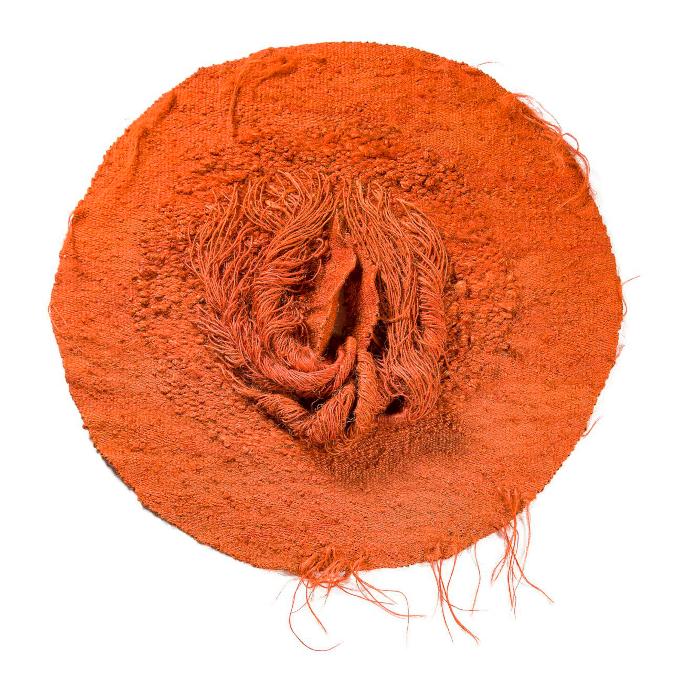
By Nina Heyn – Your Culture Scout
“Art does not solve problems but makes us aware of their existence. It opens our eyes to see and our brain to imagine”. ~ Magdalena Abakanowicz
In 1962, a young woman submitted her abstract Composition of White Forms, woven of earth-colored cotton yards, for a competition at the first Tapestry Biennal in Lausanne. This competition entry launched the career of a unique mixed-media artist, and it helped to change the status of textile works from “craft” to “textile art.” That artist was Magdalena Abakanowicz, a fiery young noblewoman from eastern Poland (with ancestry tracing all the way back to a certain Genghis Khan) who liked to use wool yarn, sisal rope, and other industrial fibers in a way that Western artists—raised in the long tradition of tapestry as a flat wall covering that mimics a painting—could not even approach. Her monumental fiber surfaces (kilims? tapestries? gobelins?) were like nothing ever created before.
